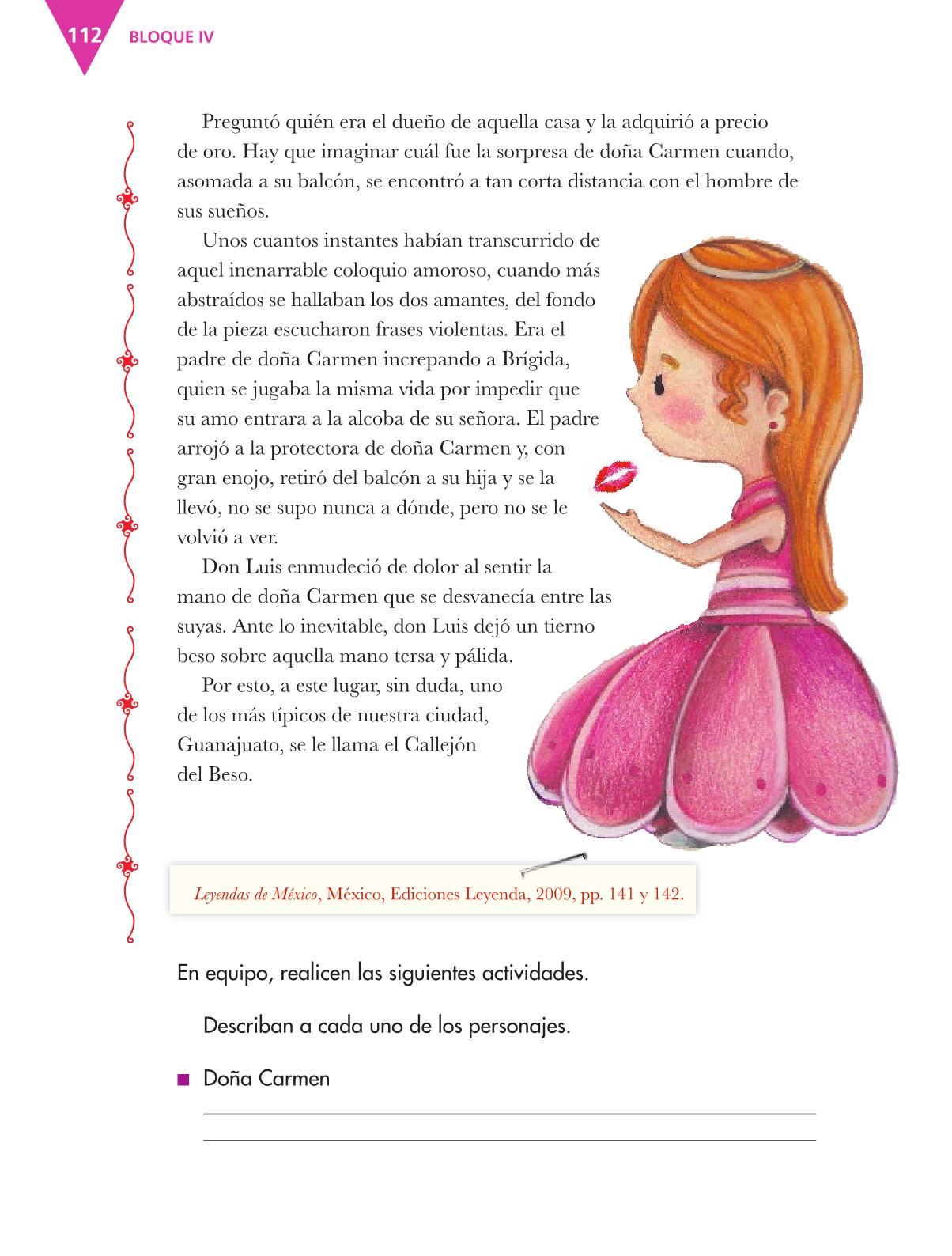Long bone histology diagram images are available in this site. Long bone histology diagram are a topic that is being searched for and liked by netizens today. You can Find and Download the Long bone histology diagram files here. Find and Download all free photos.
If you’re searching for long bone histology diagram pictures information connected with to the long bone histology diagram interest, you have visit the ideal blog. Our website frequently gives you suggestions for refferencing the highest quality video and picture content, please kindly search and find more enlightening video content and graphics that match your interests.
Long Bone Histology Diagram. Later discussions in this chapter will show that bone is also dynamic in that its shape adjusts to accommodate stresses. Diagram of Compact Bone. Compact bone is the denser stronger of the two types of bone tissue Figure. A typical long bone shows the gross anatomical characteristics of bone.
 Printable Flashcard On Ch 6 Bone Tissue Free Flash Cards Human Anatomy And Physiology Physiology Anatomy And Physiology From pinterest.com
Printable Flashcard On Ch 6 Bone Tissue Free Flash Cards Human Anatomy And Physiology Physiology Anatomy And Physiology From pinterest.com
Later discussions in this chapter will show that bone is also dynamic in that its shape adjusts to accommodate stresses. Compact bone is the denser stronger of the two types of bone tissue Figure. The diaphysis is the tubular shaft that runs between the proximal and distal ends of the bone. This section will examine the gross anatomy of bone first and then move on to its histology. Diagram of Compact Bone. A typical long bone shows the gross anatomical characteristics of bone.
A This cross-sectional view of compact bone.
The structure of a long bone allows for the best visualization of all of the parts of a bone Figure 1. The diaphysis and the epiphysis. Diagram of Compact Bone. Later discussions in this chapter will show that bone is also dynamic in that its shape adjusts to accommodate stresses. The structure of a long bone allows for the best visualization of all of the parts of a bone Figure 1. It can be found under the periosteum and in the diaphyses of long bones where it provides support and protection.
 Source: pinterest.com
Source: pinterest.com
This section will examine the gross anatomy of bone first and then move on to its histology. A long bone has two parts. Later discussions in this chapter will show that bone is also dynamic in that its shape adjusts to accommodate stresses. A This cross-sectional view of compact bone. Gross Anatomy of Bones.
 Source: pinterest.com
Source: pinterest.com
A This cross-sectional view of compact bone. This section will examine the gross anatomy of bone first and then move on to its histology. The diaphysis and the epiphysis. A typical long bone shows the gross anatomical characteristics of bone. The diaphysis is the tubular shaft that runs between the proximal and distal ends of the bone.
 Source: pinterest.com
Source: pinterest.com
Diagram of Compact Bone. The structure of a long bone allows for the best visualization of all of the parts of a bone Figure 1. This section will examine the gross anatomy of bone first and then move on to its histology. The diaphysis is the tubular shaft that runs between the proximal and distal ends of the bone. Gross Anatomy of Bones.
 Source: pinterest.com
Source: pinterest.com
A This cross-sectional view of compact bone. A This cross-sectional view of compact bone. Later discussions in this chapter will show that bone is also dynamic in that its shape adjusts to accommodate stresses. The structure of a long bone allows for the best visualization of all of the parts of a bone Figure 1. The diaphysis is the tubular shaft that runs between the proximal and distal ends of the bone.
 Source: pinterest.com
Source: pinterest.com
The structure of a long bone allows for the best visualization of all of the parts of a bone Figure 1. This section will examine the gross anatomy of bone first and then move on to its histology. Gross Anatomy of Bones. It can be found under the periosteum and in the diaphyses of long bones where it provides support and protection. A typical long bone shows the gross anatomical characteristics of bone.
 Source: pinterest.com
Source: pinterest.com
This section will examine the gross anatomy of bone first and then move on to its histology. The diaphysis and the epiphysis. A This cross-sectional view of compact bone. This section will examine the gross anatomy of bone first and then move on to its histology. Diagram of Compact Bone.
 Source: pinterest.com
Source: pinterest.com
Compact bone is the denser stronger of the two types of bone tissue Figure. The diaphysis is the tubular shaft that runs between the proximal and distal ends of the bone. Diagram of Compact Bone. Compact bone is the denser stronger of the two types of bone tissue Figure. It can be found under the periosteum and in the diaphyses of long bones where it provides support and protection.
 Source: pinterest.com
Source: pinterest.com
Diagram of Compact Bone. The diaphysis is the tubular shaft that runs between the proximal and distal ends of the bone. It can be found under the periosteum and in the diaphyses of long bones where it provides support and protection. A typical long bone shows the gross anatomical characteristics of bone. This section will examine the gross anatomy of bone first and then move on to its histology.
 Source: pinterest.com
Source: pinterest.com
Later discussions in this chapter will show that bone is also dynamic in that its shape adjusts to accommodate stresses. The diaphysis is the tubular shaft that runs between the proximal and distal ends of the bone. The structure of a long bone allows for the best visualization of all of the parts of a bone Figure 1. It can be found under the periosteum and in the diaphyses of long bones where it provides support and protection. Gross Anatomy of Bones.
 Source: pinterest.com
Source: pinterest.com
A This cross-sectional view of compact bone. The structure of a long bone allows for the best visualization of all of the parts of a bone Figure 1. The diaphysis is the tubular shaft that runs between the proximal and distal ends of the bone. This section will examine the gross anatomy of bone first and then move on to its histology. Diagram of Compact Bone.
 Source: pinterest.com
Source: pinterest.com
A typical long bone shows the gross anatomical characteristics of bone. The diaphysis is the tubular shaft that runs between the proximal and distal ends of the bone. Diagram of Compact Bone. A This cross-sectional view of compact bone. Later discussions in this chapter will show that bone is also dynamic in that its shape adjusts to accommodate stresses.
 Source: pinterest.com
Source: pinterest.com
The structure of a long bone allows for the best visualization of all of the parts of a bone Figure 1. A long bone has two parts. A This cross-sectional view of compact bone. Compact bone is the denser stronger of the two types of bone tissue Figure. A typical long bone shows the gross anatomical characteristics of bone.
 Source: pinterest.com
Source: pinterest.com
Later discussions in this chapter will show that bone is also dynamic in that its shape adjusts to accommodate stresses. Gross Anatomy of Bones. The diaphysis and the epiphysis. This section will examine the gross anatomy of bone first and then move on to its histology. The structure of a long bone allows for the best visualization of all of the parts of a bone Figure 1.
 Source: br.pinterest.com
Source: br.pinterest.com
Gross Anatomy of Bones. The diaphysis and the epiphysis. The structure of a long bone allows for the best visualization of all of the parts of a bone Figure 1. Diagram of Compact Bone. A typical long bone shows the gross anatomical characteristics of bone.
 Source: pinterest.com
Source: pinterest.com
The diaphysis and the epiphysis. A typical long bone shows the gross anatomical characteristics of bone. It can be found under the periosteum and in the diaphyses of long bones where it provides support and protection. A This cross-sectional view of compact bone. Later discussions in this chapter will show that bone is also dynamic in that its shape adjusts to accommodate stresses.
 Source: pinterest.com
Source: pinterest.com
The diaphysis and the epiphysis. Later discussions in this chapter will show that bone is also dynamic in that its shape adjusts to accommodate stresses. It can be found under the periosteum and in the diaphyses of long bones where it provides support and protection. The diaphysis is the tubular shaft that runs between the proximal and distal ends of the bone. Compact bone is the denser stronger of the two types of bone tissue Figure.
 Source: pinterest.com
Source: pinterest.com
A This cross-sectional view of compact bone. Diagram of Compact Bone. Compact bone is the denser stronger of the two types of bone tissue Figure. A long bone has two parts. The diaphysis is the tubular shaft that runs between the proximal and distal ends of the bone.
 Source: pinterest.com
Source: pinterest.com
This section will examine the gross anatomy of bone first and then move on to its histology. The diaphysis is the tubular shaft that runs between the proximal and distal ends of the bone. Compact bone is the denser stronger of the two types of bone tissue Figure. Diagram of Compact Bone. The diaphysis and the epiphysis.
This site is an open community for users to submit their favorite wallpapers on the internet, all images or pictures in this website are for personal wallpaper use only, it is stricly prohibited to use this wallpaper for commercial purposes, if you are the author and find this image is shared without your permission, please kindly raise a DMCA report to Us.
If you find this site value, please support us by sharing this posts to your preference social media accounts like Facebook, Instagram and so on or you can also bookmark this blog page with the title long bone histology diagram by using Ctrl + D for devices a laptop with a Windows operating system or Command + D for laptops with an Apple operating system. If you use a smartphone, you can also use the drawer menu of the browser you are using. Whether it’s a Windows, Mac, iOS or Android operating system, you will still be able to bookmark this website.






